T4K3.news
Gdańsk exhibit on forced conscription sparks debate
A new exhibition at the Museum of Gdańsk documents 400,000 to 450,000 Poles forced into the Wehrmacht, drawing protests from right-wing groups.
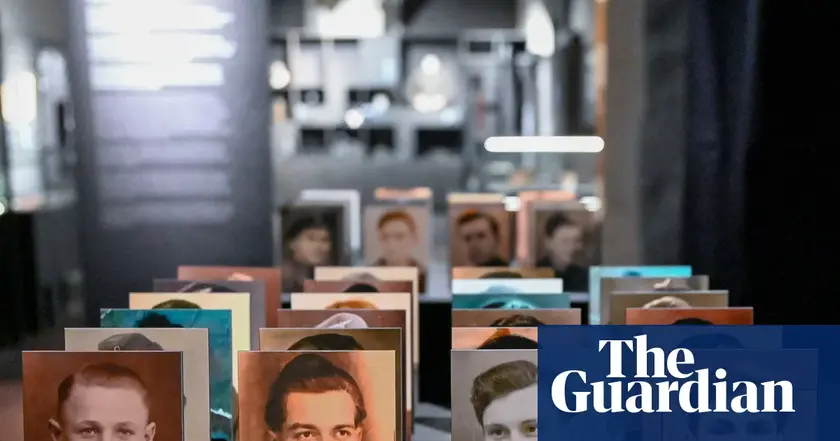
A new display at the Museum of Gdańsk frames a painful wartime choice and triggers a charged national debate about memory and responsibility.
Gdańsk exhibit on forced conscription tests Polish memory
After the German invasion in 1939, parts of Poland including Pomerania were annexed by the Reich. The exhibition at the Museum of Gdańsk gathers photo albums, family heirlooms, and oral testimonies from Poles who served in the Wehrmacht, asking whether someone can be both a victim and a soldier for an aggressor. The show argues that acknowledging this complexity is essential to a truthful national memory, and it has sparked protests from rightwing groups who say the display weakens Poland’s accountability.
Key moments in the debate include the controversial title Our Boys, the museum’s defense against what it calls unfair assessments, and donor Andreas Kasperski’s concerns about safety. The exhibit has drawn attention to regional differences in Poland’s memory culture, with borderlands communities more open to nuance while central regions favor a simpler us versus them narrative. The debate also touches on a historical footnote: during the 2005 presidential campaign it was revealed that Donald Tusk’s grandfather served in the German army, a fact that critics say underscores the need for careful remembrance.
Key Takeaways
"These were our boys, boys of their families, forced into the enemy army to save loved ones."
Roman Rakowski’s remark reflecting the human stakes behind forced conscription.
"We oppose unfair and superficial assessments."
Museum statement defending its framing of the exhibit.
"Do we have a right to our history, to our memory, to nuance and detail?"
Andrzej Obracht-Prondzyński on the need for openness in memory.
"It is easier to judge than to face such danger."
Rakowski on the difficult choices faced by individuals.
The exhibit forces a reckoning with a borderland history that resists easy labels. Critics say it risks turning victimhood into justification, while supporters argue that memory without nuance can harden into dogma. By foregrounding ordinary people caught between loyalties, the display challenges a single national story and invites schools and museums to teach history as a spectrum, not a slogan. The episode shows how memory can become a political field, where families face safety concerns and communities clash over what should be remembered and how. The long arc suggests policymakers may need new ways to present painful histories without inflaming today’s divides.
Highlights
- History teaches us to face complexity, not run from it.
- Memory is a map, not a trophy.
- Nuance in remembrance guards us from repeating the past.
- Names on a wall tell a tangled truth beyond simple labels.
Political backlash risk over wartime conscription exhibit
The exhibit challenges a long-standing memory narrative and has drawn protests from a major political party, raising concerns about safety and the potential for conflict.
History demands light as much as it demands truth.
Enjoyed this? Let your friends know!
Related News
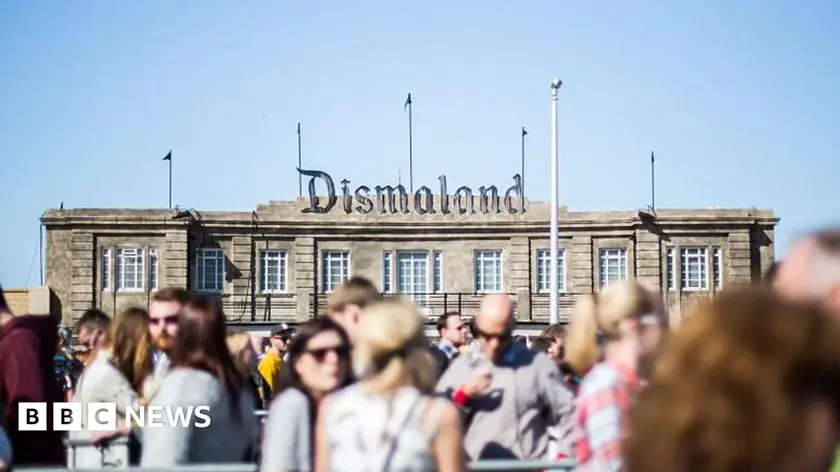
Dismaland marks a decade of Banksy satire
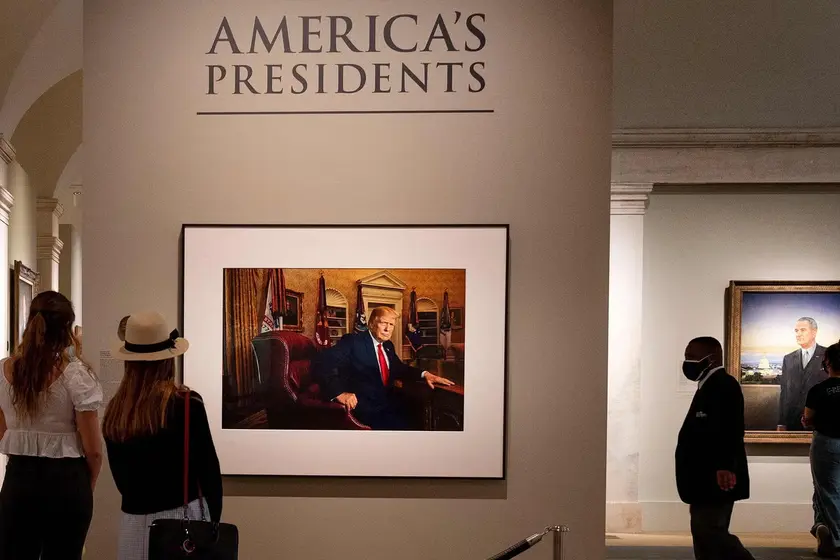
Museum review sparks political clash
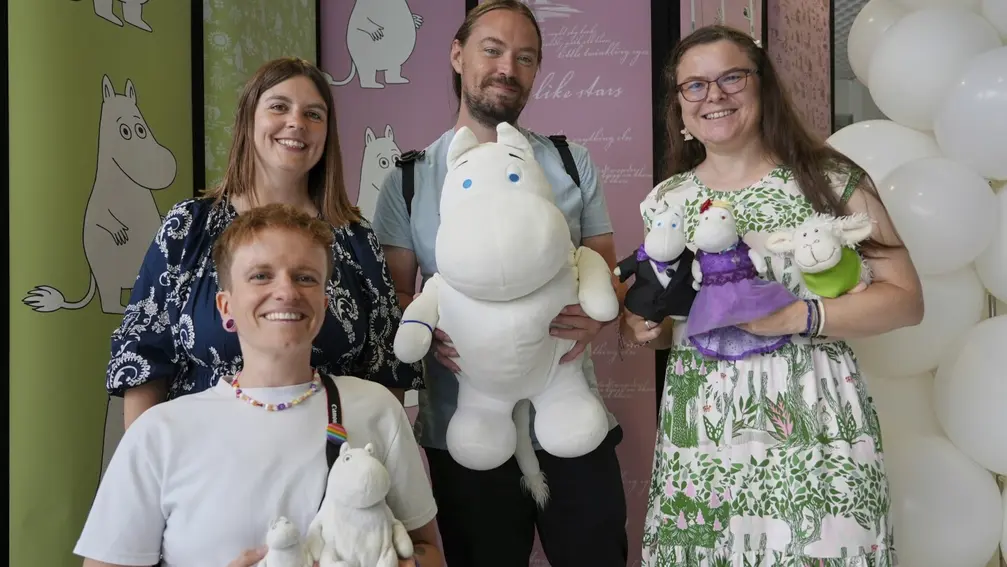
Moomins celebrate 80th birthday
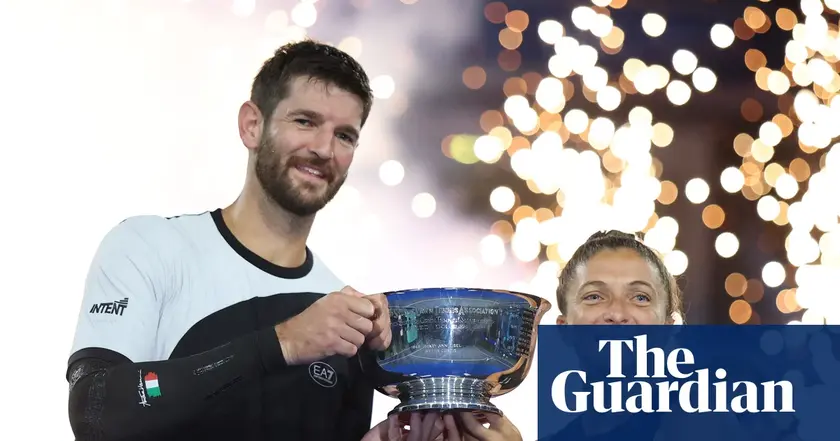
Doubles supremacy confirmed at US Open
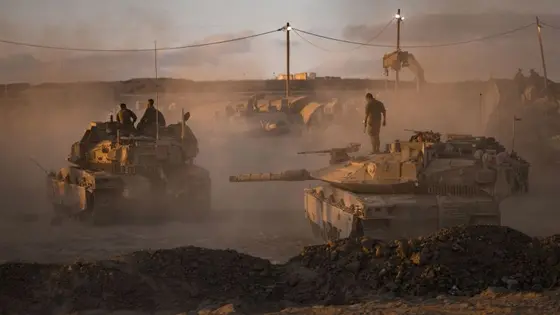
Gaza City offensive moves forward
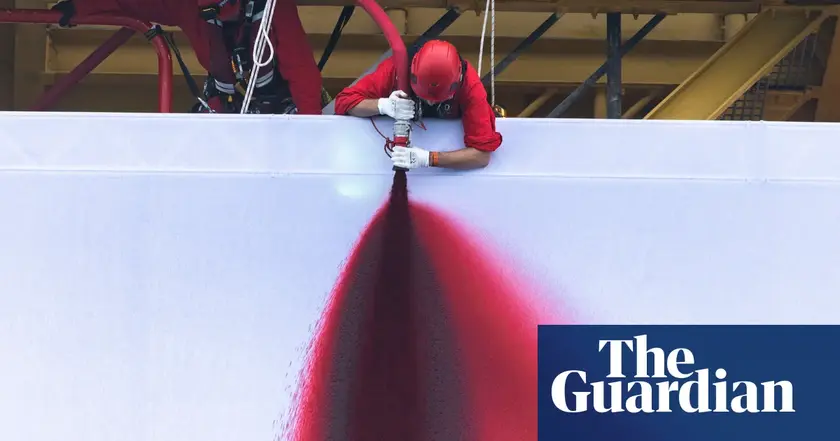
Greenpeace stages blood red art on North Sea rig
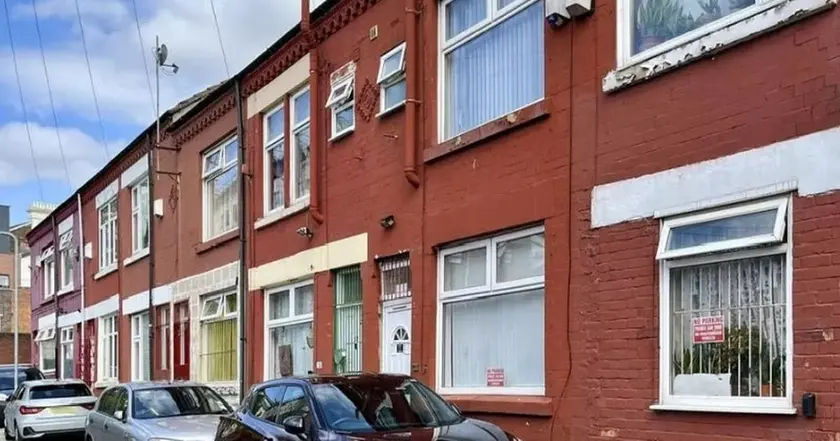
Parking controversy sparks debate in Liverpool

ADHD debate sparks strong opinion
